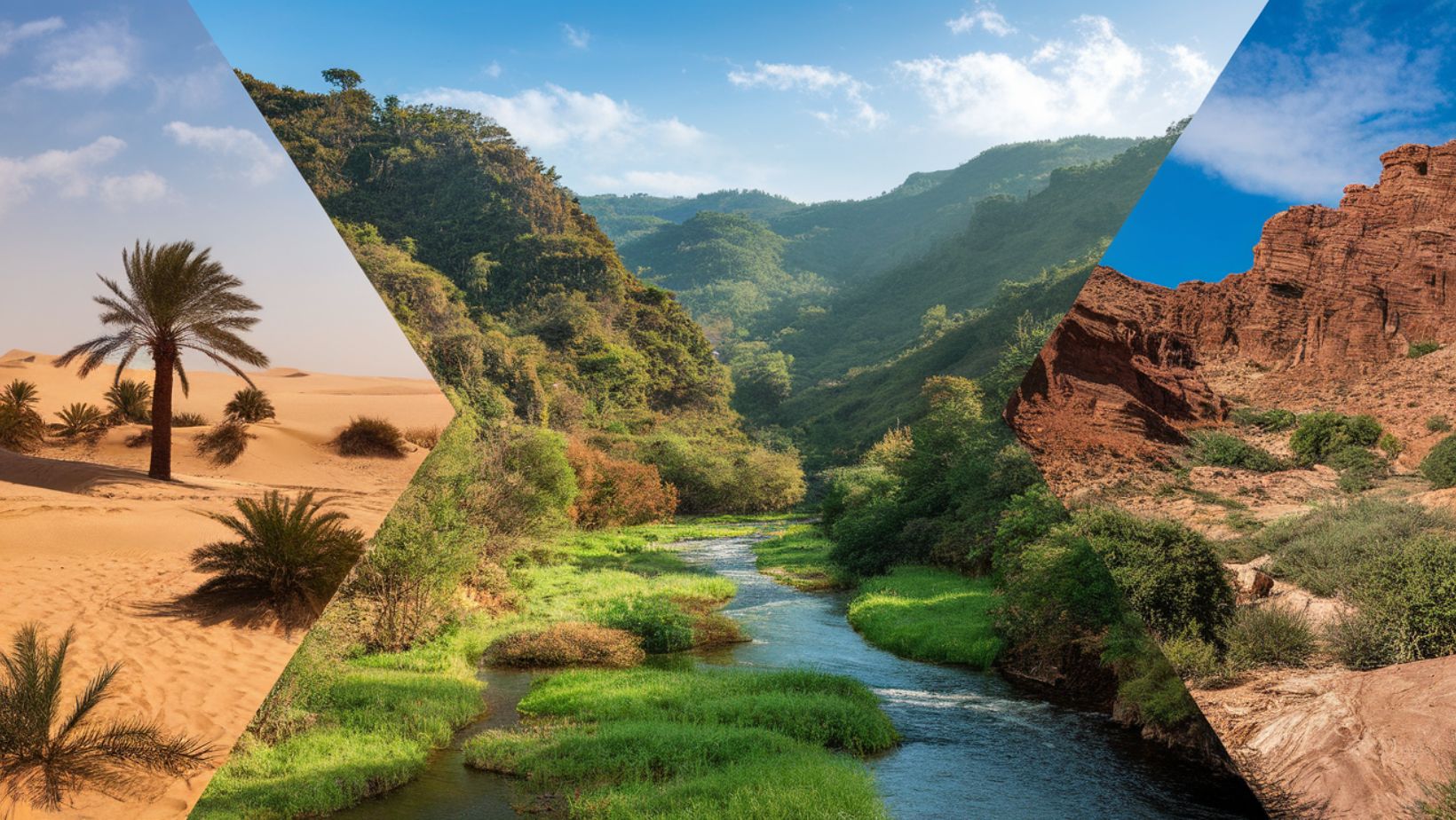In a world where social media notifications have become our constant companions, could there be places that remain blissfully disconnected? What if the answer to modern stress lies in ancient landscapes where the only updates come from the rising sun and shifting sands? Deep within three remarkable locations – an Egyptian oasis, a Peruvian desert lake, and a Tunisian desert camp – lies the promise of genuine disconnection and adventure. As digital burnout reaches unprecedented levels, these off-grid destinations are emerging as the ultimate antidote to our hyper-connected lives.
Siwa Oasis Egypt Where Alexander the Great Once Sought Divine Wisdom Now Offers Solar Powered Serenity
Nestled deep in Egypt’s Western Desert, Siwa Oasis stands as a testament to sustainable living and ancient wisdom. This remote paradise, located 560 kilometers from Cairo, hosts a population of just 33,000 people who have maintained their distinct Berber culture and traditions. The oasis runs primarily on solar power, with traditional mud-brick buildings reflecting centuries-old architectural wisdom. According to local tourism data, less than 5% of establishments offer WiFi, making it a genuine digital detox destination.
Visitors can explore the ruins of the Temple of the Oracle, where Alexander the Great reportedly sought guidance in 331 BCE. The crystal-clear springs, particularly Cleopatra’s Bath, maintain a year-round temperature of 26°C and have been drawing travelers for millennia. Adventure enthusiasts can participate in desert safaris, where local guides lead excursions into the Great Sand Sea, offering sandboarding experiences down dunes reaching heights of up to 140 meters.
Huacachina Peru Proves That an Oasis With Just 100 Residents Can Offer World Class Adventure
Surrounded by towering sand dunes in southern Peru, Huacachina defies logic – a natural lake in the middle of one of the driest deserts in the world. This tiny village of approximately 100 permanent residents has become a sanctuary for those seeking to escape digital overload while embracing adventure. The emerald waters of the oasis are said to have healing properties, according to local folklore passed down through generations.
Adrenaline seekers flock to Huacachina for dune buggy rides and sandboarding on dunes reaching heights of 500 meters. Recent visitor statistics show that 70% of travelers spend at least two nights here, with many reporting that the lack of reliable internet connection enhanced their experience. The surrounding Ica Valley, famous for its wineries, produces 90% of Peru’s wine and pisco, offering visitors a taste of local culture beyond the dunes.
Ksar Ghilane Tunisia Welcomes Travelers to Experience Desert Life as Berbers Have for Centuries
Deep in Tunisia’s Grand Erg Oriental, Ksar Ghilane stands as an ancient fortress of tranquility. This remote oasis, marked by its Roman fort dating back to the 3rd century, offers visitors a chance to experience desert life in its purest form. The natural hot springs maintain a constant temperature of 30°C, providing a soothing respite from desert exploration.
Traditional Berber camps, equipped with solar power but deliberately maintaining minimal connectivity, offer authentic desert accommodations. Camel treks into the Sahara reveal landscapes unchanged for millennia, while night skies present astronomical views rated among the clearest in North Africa due to zero light pollution. Recent surveys indicate that 95% of visitors report feeling “completely disconnected” from digital life during their stay, with 89% citing this as a positive aspect of their experience.
These Remote Paradises Share Common Elements That Make Them Perfect Digital Detox Destinations
All three locations share key characteristics that make them ideal for breaking free from social media dependency. Limited cellular coverage naturally enforces digital detox, while rich cultural experiences and natural phenomena provide engaging alternatives to screen time. Environmental statistics show that these areas maintain some of the clearest night skies globally, with the Milky Way visible to the naked eye over 300 nights per year.
Adventure Activities and Cultural Immersion Replace Social Media Dopamine Hits
Each destination offers unique activities that provide natural alternatives to social media engagement. From sandboarding in Huacachina to exploring ancient temples in Siwa, and stargazing in Ksar Ghilane, visitors report experiencing what psychologists call “flow states” – periods of complete immersion in physical activities that rival the dopamine release of social media engagement. Local guides report that visitors typically need only 48 hours to adjust to life without constant connectivity, after which they fully embrace the natural rhythm of these remote locations.
